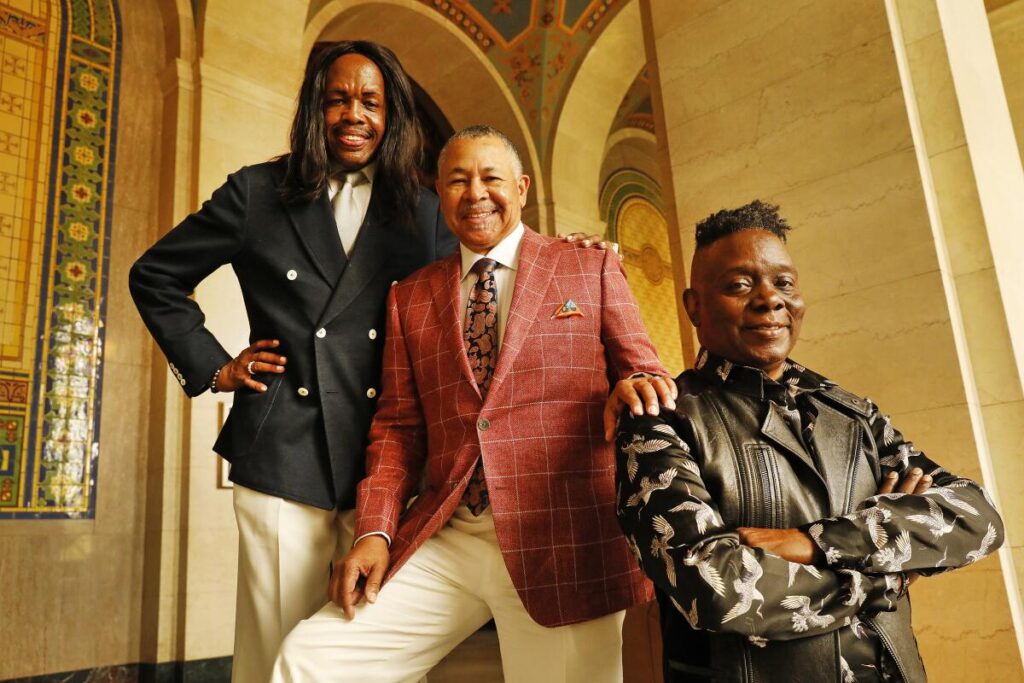
Anyone who travels for business has had the misfortune of getting sick on the road. It can be more problematic for those in sales or professional services because you usually go from city to city, hotel to hotel, and client to client. You don’t have an anchor or support system as you might if you were assigned to your company’s New York office for a week.
For 30 years of weekly business travel, I have rarely gotten sick on a business trip, and those few times have created an unforgettable memory. But I’m writing this column now with more than a casual interest.
A recent combination of vacation and business trips to Hawaii and Tokyo has left me with chills, fever, and sore throat—the symptoms seem endless. Looking back, I made several mistakes that, while not preventing my becoming sick, could have at least mitigated it.
Posting a casual question about getting sick on the road on my Facebook page led to a few (pardon the pun) responses: Stories of hives, food poisoning, influenza, and trying to get out of China during the bird flu epidemic while being sick (though not with bird flu).
One marketing executive with a global financial institution contracted pleurisy on a trip to London and was forbidden to fly until he improved. Fortunately, he was in a five-star hotel with a physician on call. The doctor visited him three times a day until he could fly again, and all charges were added to the hotel bill, which his employer happily paid.
Another client broke her leg in Kyoto only to have the hotel send her to the hospital with a translator and an envelope filled with yen, and no, she didn’t break her leg on the grounds of the hotel.
The managing partner of an executive search firm that recruits healthcare executives reports being very sick. At the same time, she was so pregnant that she had to ask her smaller hospital clients to borrow a hospital bed until she was able to stand up without being sick. She laughingly said, “It pays to have healthcare clients.”
Not surprisingly, most of the people who shared stories also had advice. Here is the collective wisdom of my wonderful Facebook community:
1. Prepare
Pack as if you might get sick. Most physicians will prescribe antibiotics for long-time patients. Don’t be caught without them, especially if traveling outside the US. If you get occasional migraine headaches, don’t leave home without your medication. If you travel frequently, there is no reason not to get a flu shot.
2. A pound of prevention
A physician Facebook friend believes travelers’ best weapon against illness is washing their hands frequently. As for people who wear masks, my friend commented that they look like kooks, and masks offer no proven benefit unless they contain a micro filter and seal around your face. Other travelers believe that airplane tray tables spread germs and are quick to use Purell and sanitizing sprays. One friend who rarely gets sick refuses to touch the seat back pockets or use the airplane restrooms.
3. Safety in numbers
It is frightening to be out of town in a weakened state and wondering how you will get to your business meeting, deposition, or presentation. Many years ago, my partner and I were heading to Atlanta for a “beauty contest” to compete for a new client. Midway through the flight, he turned a peculiar shade of green and became dizzy. When we landed, we knew he would not be able to get through a new client presentation, so he got back on the plane and returned to Houston. I’m unsure what would have happened if he had been alone. The thought conjures up some unpleasant images. Similarly, if you become ill, having a co-worker available to get you to a doctor, pick up a prescription, or help is friendly.
4. Stay in hotels with resources
The further away from home you are, the more critical it is to stay in a hotel with access to doctors or healthcare facilities. Most major hotels that cater to business travelers have doctors available. Some will even make house calls — for a price.
5. Pace yourself
Many of my friends who travel internationally advise knowing your body and respecting its limits. An international trade executive recently traveled to Dubai, Abu Dhabi, and Kuwait before returning to Nashville four days later. He commented that after two days of non-stop activity where he ran on adrenaline, he listened to his body shouting “enough” and took off the next day, sleeping 10 hours and working at a slower pace. My friend commented that it is essential to eat healthily and drink alcohol minimally until your body has adjusted to the new time zone.
6. Be willing to improvise
If you find yourself sick on the road, do not wait to get help. If you don’t want to see a hotel doctor, do you have co-workers in that city who might recommend a doctor? Those with today’s typical social media contacts should be able to mine them for medical resources. One colleague writes about taking her young children to Disneyland, where she became violently ill. She hired a nanny through the hotel who took her kids to the attractions. Another friend paid restaurants to deliver chicken soup.
7. Don’t be cheap
If you can’t get home immediately, don’t avoid seeing a doctor because the physician is not in your healthcare network. While you might not want to spring for a house call (over $1,000 at my hotel in Japan), get medical care. Similarly, don’t rush home to avoid the cost of extra nights in a hotel. Many friends wrote of riding out their illness in hotels, while others talked about the psychological value of getting home to recover in their beds.
8. Don’t beat yourself up
When I get sick, I wonder where I slipped up. Was it a failure to get a flu shot, not wiping down the tray table, or working too hard? Most of my friends comment, “Well, of course, you are sick; you work too hard and spend too much time on planes. How can you not be sick?” Working too hard, flying too much, and not taking precautions can make you catch a bug. You can also get a bug if you are home, get eight hours of sleep, take vitamins, etc. Sooner or later, everyone will get some bug.
And like everything else, your illness, too, shall pass. With any luck, you will live to work another day, make another flight, and have another business trip.





























